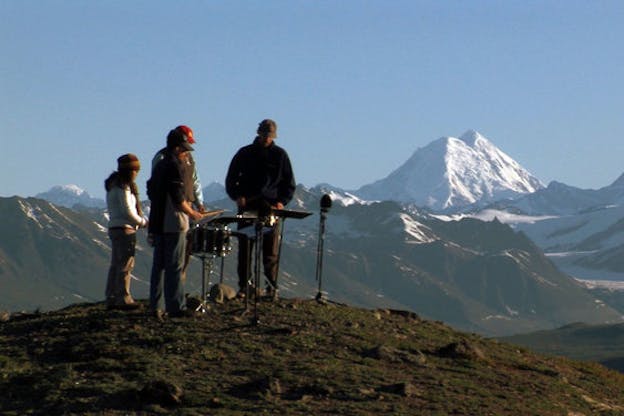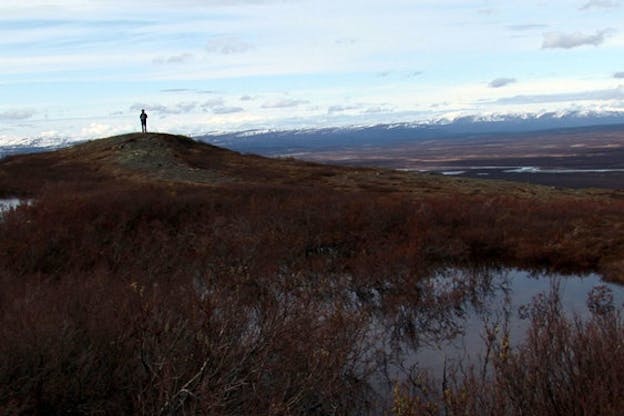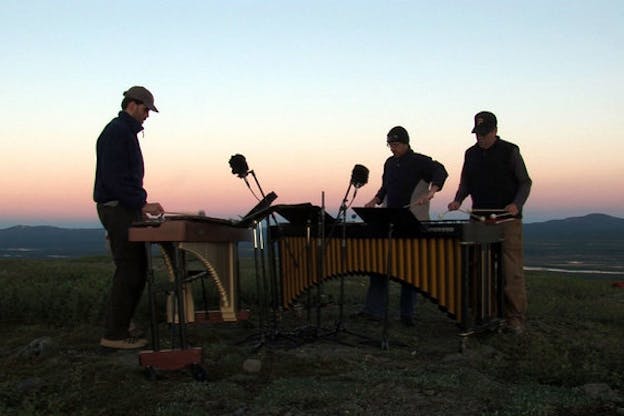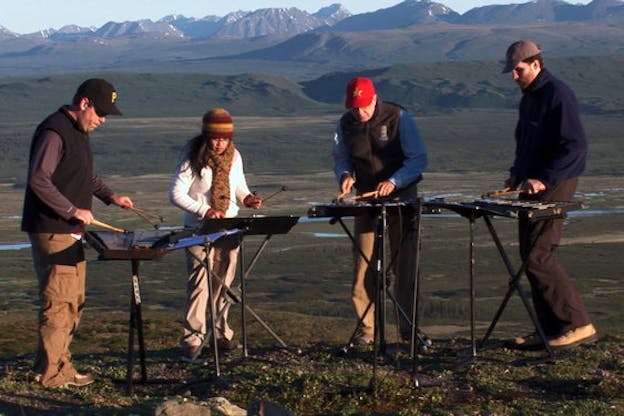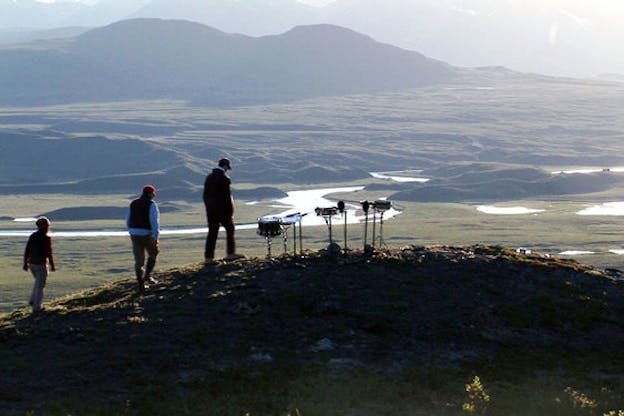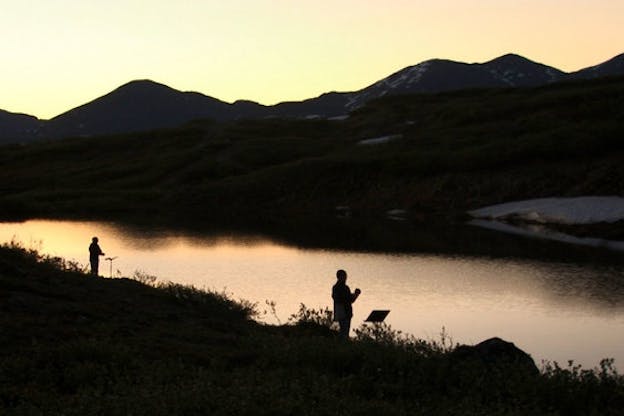John Luther Adams
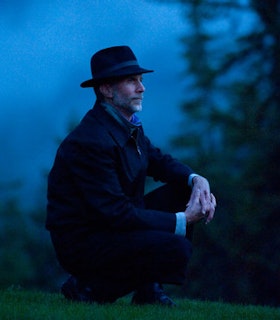
I am honored and deeply grateful to have been among the first artists chosen for support under the Foundation's program of [Grants to Artists]... This is one of the most significant events of my career and was the catalyst for one of the most productive years of my creative life. The grant from the Foundation gave me twelve months free from the pressure of deadlines and the artistic constraints of commissioned work, allowing me to devote myself entirely to new work.
- John Luther Adams, January 29, 1994
Artist Statement
Music is not what I do. It's how I understand the world.
For me, the whole world is music. When we are listening, we are more fully present in the world.
And in this time when we humans have become a geologic force, I believe that music can serve as a sounding model for the renewal of consciousness and culture.
- 2014
Biography
John Luther Adams is a composer whose life and work are rooted in the natural world.
Adams composes for orchestra, chamber ensembles, percussion, and electronic media. His orchestral and electronic sound work Dark Waves (2007) has been performed by the Chicago Symphony Orchestra, the Radio Netherlands Philharmonic, and the Melbourne Symphony. Inuksuit (2009), his outdoor work for up to 99 percussionists, has been performed in New York City's Morningside Park, and the Park Avenue Armory, as well as many other outdoor venues throughout the U.S., Canada, and Australia. His music is recorded on the labels Cantaloupe, Cold Blue, New World, Mode, and New Albion.
Adams is the author of Winter Music (2004), a collection of essays, journal entries, and reflections on his life and work in Alaska. His second book, The Place Where You Go to Listen (2009), centers on his installation at the Museum of the North that translates geophysical data streams into an ever-changing environment of sound and light. The Farthest Place (2012), a book-length critical study of Adams's music, includes essays by Kyle Gann, Steven Schick, and Glenn Kotche, among other musicians and scholars.
Following his FCPA grant, Adams was the recipient of the Heinz Award (2012) for his contributions to raising environmental awareness, the Nemmers Prize from Northwestern University (2010), and was awarded the 2014 Pulitzer Prize for Music for his symphonic work Become Ocean (2013).
Adams has taught at Harvard University, the Oberlin Conservatory, Bennington College, and the University of Alaska. He has also served as composer-in-residence with the Anchorage Symphony, Anchorage Opera, Fairbanks Symphony, Arctic Chamber Orchestra, and the Alaska Public Radio Network.
Adams studied composition with James Tenney at the California Institute of the Arts, where he was in the first graduating class of 1973. In the mid-1970s he became active in the campaign for the Alaska National Interest Lands Conservation Act, and subsequently served as executive director of the Northern Alaska Environmental Center.
